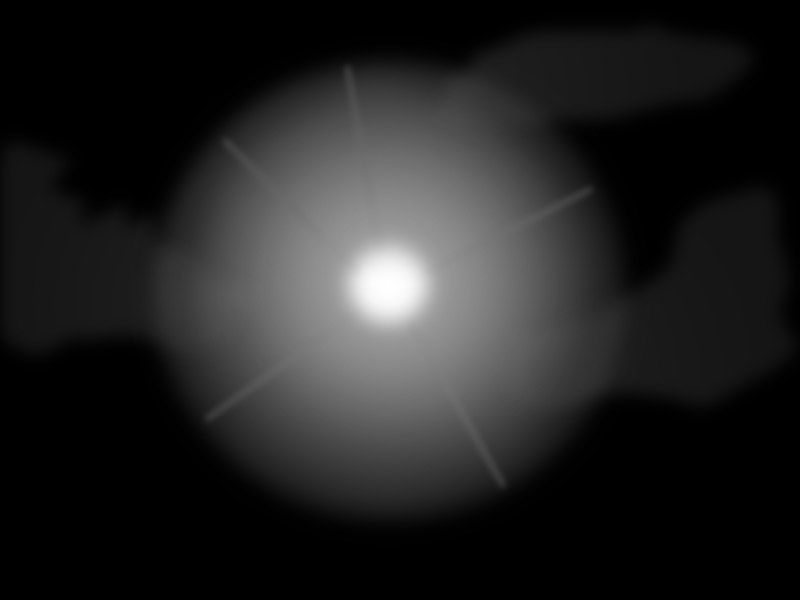J
jmarkus
Guest
I am not sure what to make of this. I was staring at a dark area of sky last night, and what looked like a flash bulb went off within this empty area. It was about the size of a nickel held at arms length. The center was bright white which faded to a gradient gray at the perimeter...there were spoke like features that radiated from the center. It lasted about 2 seconds. I have no idea what a supernova would look like to the naked eye...or how long it would last, but I could tell this was very very far away. Are my eyes playing tricks on me? I'm just curious if I witnessed something rare or not.



